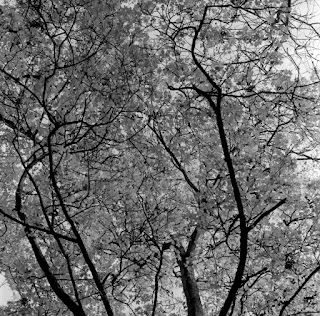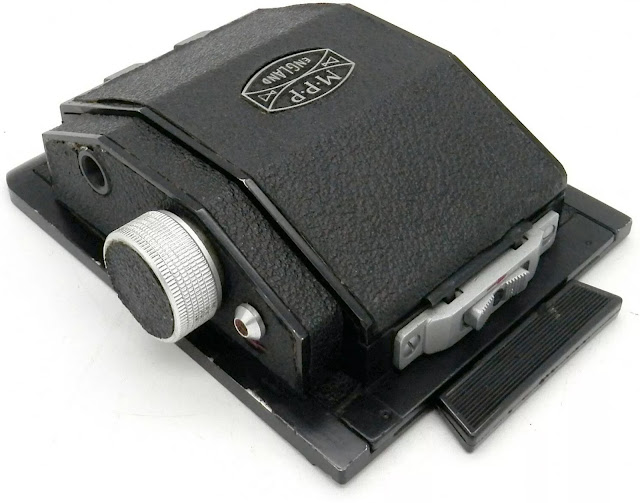Holme Fen: woodland photographs

I finally got out to work on my woodland photography. In a previous post I had suggested that wanted to try some woodland photography as there are many nice woodlands nearby. For this trip I decided to head to Holme Fen which is an area of the Fens preserved in some manner as it would have been before they were all drained. Holme Fen caught my eye this last summer on a train journey from Leeds to Huntingdon. Peering out the window I saw a large birch forest. This was interesting as I had not seen such a number of birch trees in the UK. I noted it on the map and kept in mind. I ventured forth this morning on a cool foggy day. It was overcast so it looked to be flat light and getting there early had no real benefit in terms of light. Having only been there once this was as much about exploring and getting the feel of the place. I walked out to a hide on the edge of some shallow lakes. These were full of raucous waterfowl. I discovered what I had missed on my previous visit; the tra



